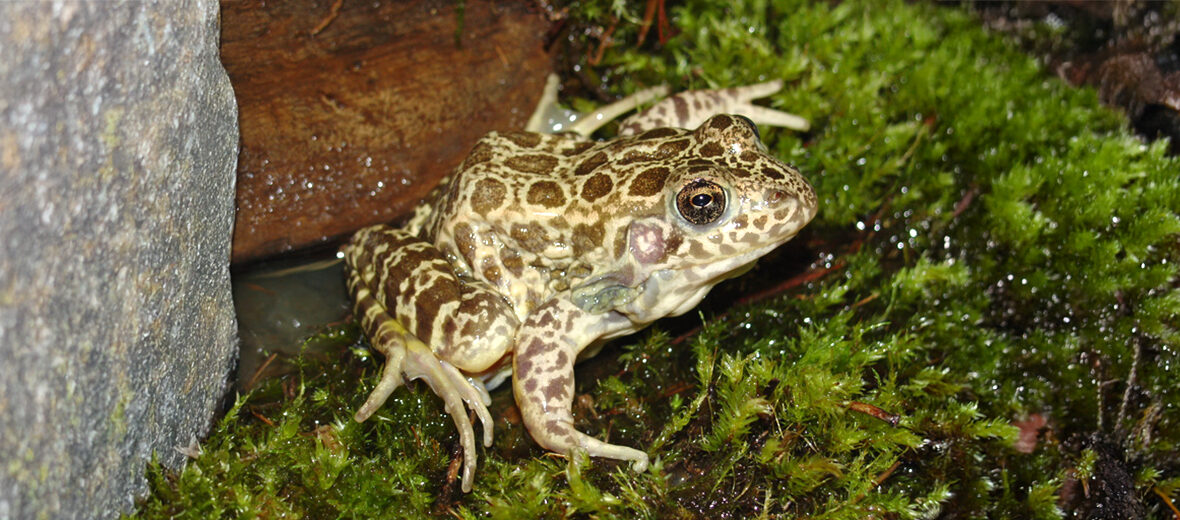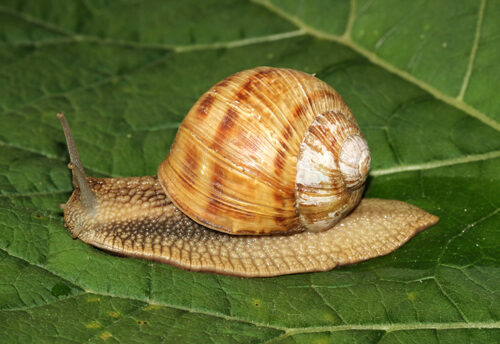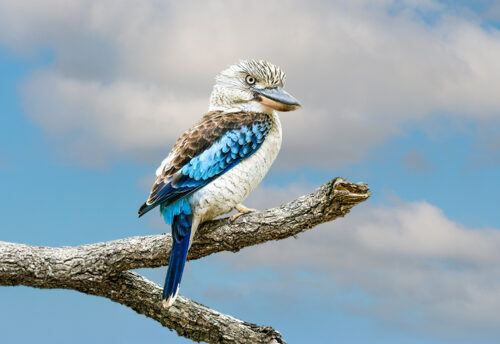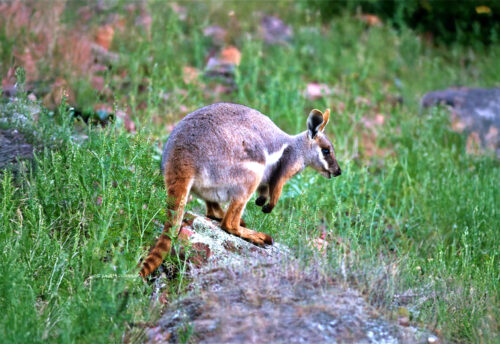
The crawfish frog is a medium-sized, frog species native to the grasslands and prairies of the United States. These frogs face the threats of habitat loss and destruction at the hands of residential and commercial development, logging, fires, and fire suppression; habitat division at the hands of roads and railroads, that can result in vehicle strike (being hit by vehicles); invasive species, and with them disease & predation; and climate change, that can cause droughts and habitat shifting alterations. These amphibians are still abundant enough to be listed as Least Concern by the IUCN. Their population trend is listed as decreasing though.
First the Stats…
Scientific name: Lithobates areolatus
Weight: Up to 1.76 ounces
Length: Up to 3 inches
Lifespan: Up to 7 years
Now on to the Facts!
1.) These frogs have a relatively small tympanum (ear drum).
2.) While mostly nocturnal (active at night) these frogs can also be cathemeral (active both day and night).
3.) They can spend a fair amount of time above ground, especially on warmer summer days.
4.) Their prey of choice is insects and other small invertebrates that happen to pass by their burrow.
5.) Breeding takes place just after the rainy weather in mid-March.
But wait, there’s more on the crawfish frog!
6.) After amplexus (when the male grasps the female during mating) the female will lay up to 7,000 eggs at a time in large, globular masses.
7.) Eggs hatch in up to 12 days and tadpoles metamorphose into adults in up to 4 month’s time.
Did you know…?
The low-frequency calls of the males can carry over a mile, drawing females in from the surrounding areas.
8.) They get their name from the fact that they occupy crayfish burrows.
9.) Like so many other frog species, these frogs are subject to infection from the deadly Chytrid fungus.
10.) Crawfish frogs can travel more than .62 mile between ponds during the breeding season, indicating that protected regions should be large enough to encompass multiple ponds.
But wait, there’s still more on the crawfish frog!
11.) Birds, raccoons, and snakes all prey on these frogs.
12.) They are never far from a body of water, as this aids in protection from predators and the freezing winter temperatures.
Now a Short Crawfish Frog Video!
Be sure to share & comment below! Also, check out the Critter Science YouTube channel. Videos added regularly!
Want to suggest a critter for me to write about? Let me know here.
Some source material acquired from: Wikipedia & IUCN
Photo credit: Stanley Trauth




